Women tame Highland wilds
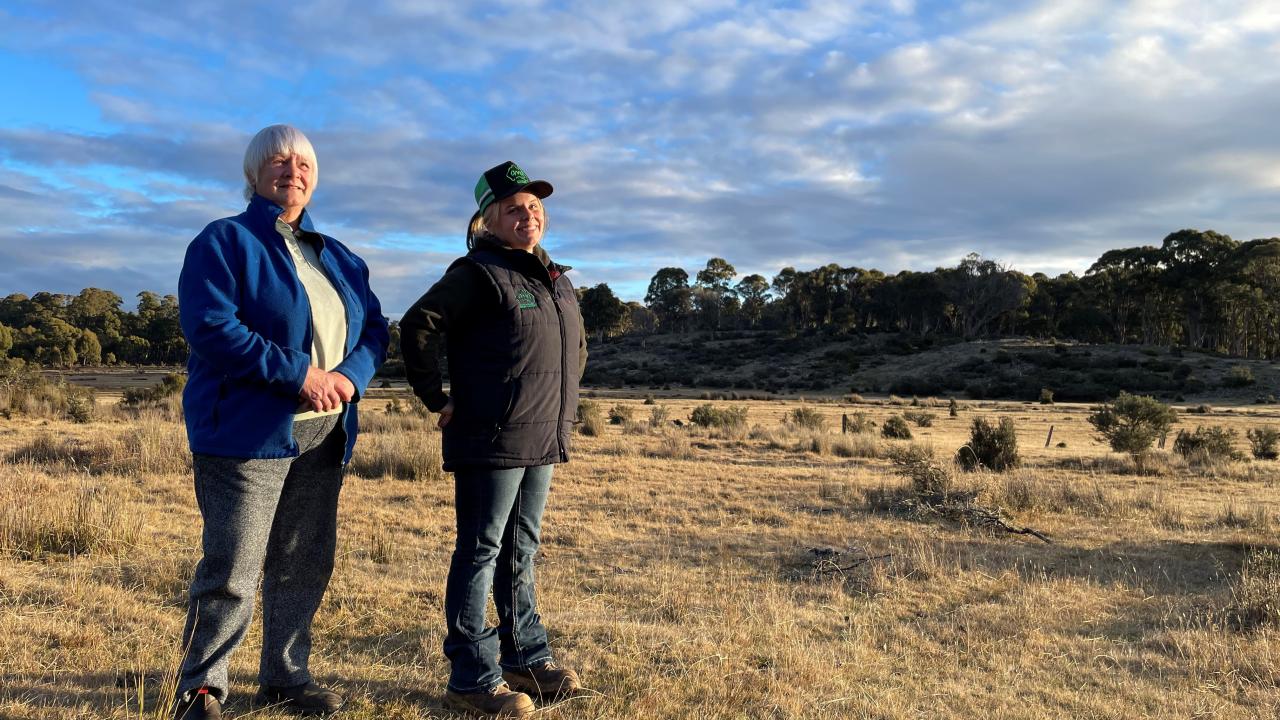
Sophie Birchall and her nan Ellen Triffett pick their way across Moon Marsh in Tasmania’s central highlands looking for their cattle.
There are two kelpies and a dozen or so freshly butchered cow heads in the back of the Holden ute, a dash full of stock ear tags and a bar mat up the front.
It’s soggy in places but too dry to get bogged for a change, and the snow, known to reach the top of the fence posts, is still a way off – although the overnight temperature was -4C.
Along with Sophie’s mum Amy they are third, fourth and fifth generation owners of Half Moon Marsh Farm – more than 2023 acres of highland plains in the dead centre of Tasmania.

It’s divided up into familiar landmarks for reference: Sukes Marsh, Long Marsh, Rocky Rise, Waterfall Paddock, Old House Paddock and other names that only the family knows.
Highland Waters Lake overflows into the creeks on the property, and the homestead is a simple weatherboard home, although the remnants remain of an old hut where an ancestor would have cooked in camp ovens and kerosene cans in the open fireplace.
The three women are as tough as the country they live in, and they know how to live off the beautiful but unforgiving land, and they run the farm on their own.
Sophie spends her spare time hunting and fishing. Ellen grows spuds that put Scottsdale to shame.
The fact that she has a vegetable garden when Miena, about an hour up the road, has a thermal hothouse for its community garden, is testament to her hard work.
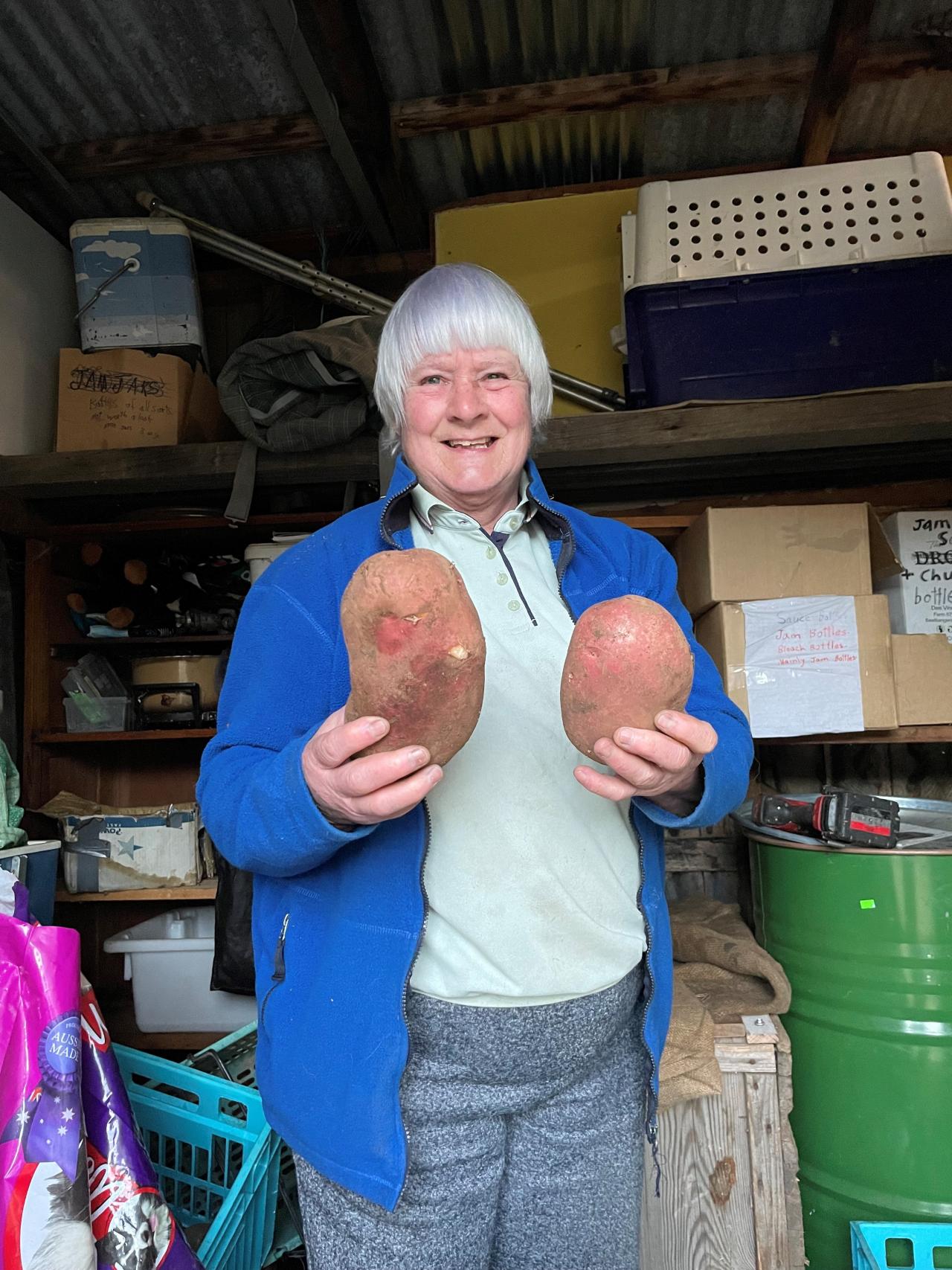
She cuts and splits her own wood by hand.
The cows – 500 cross-bred composites and 150 beef cattle, are spotted in Brown Marsh, grazing on the sparse native grass interspersed with prickly bush and bordered by gum trees.
Sophie walks through the herd of Speckle Park and Highland-cross Galloways, checking their condition and noting a heifer with a swollen eye.
She stops to cuddle Freckle the speckle, who was hand-reared and is still happy with human company and a good scratch behind the ears.
“Some people have Highland cattle to look pretty, but we have them because they cope with the conditions,” Sophie said. “These breeds are tough and do much better on the native grass than Angus – their coats are thicker and they hold their condition.
“We have a lot of land but you need it up here to support livestock.”
The farm, about half an hour from Bronte Park, until recently also ran 700 sheep, but most have been sold off due to the dry spell and a lack of feed, except for a handful of future breeder ewes.
Quite a few of the flock came to the property as orphan lambs, with both Sophie and Ellen happy to feed and raise up to 15 lambs at a time.
“If I see a dead ewe in a paddock I just grab the lamb – the farmers know I take them and they’re grateful because they’re hard work and expensive to hand-feed,” Sophie explained.
The 21-year-old can turn her hand to pretty much anything to do with livestock.
Currently studying a Certificate III in Agriculture at TAFE, the formal qualification is just an accessory to a lifetime of experience.
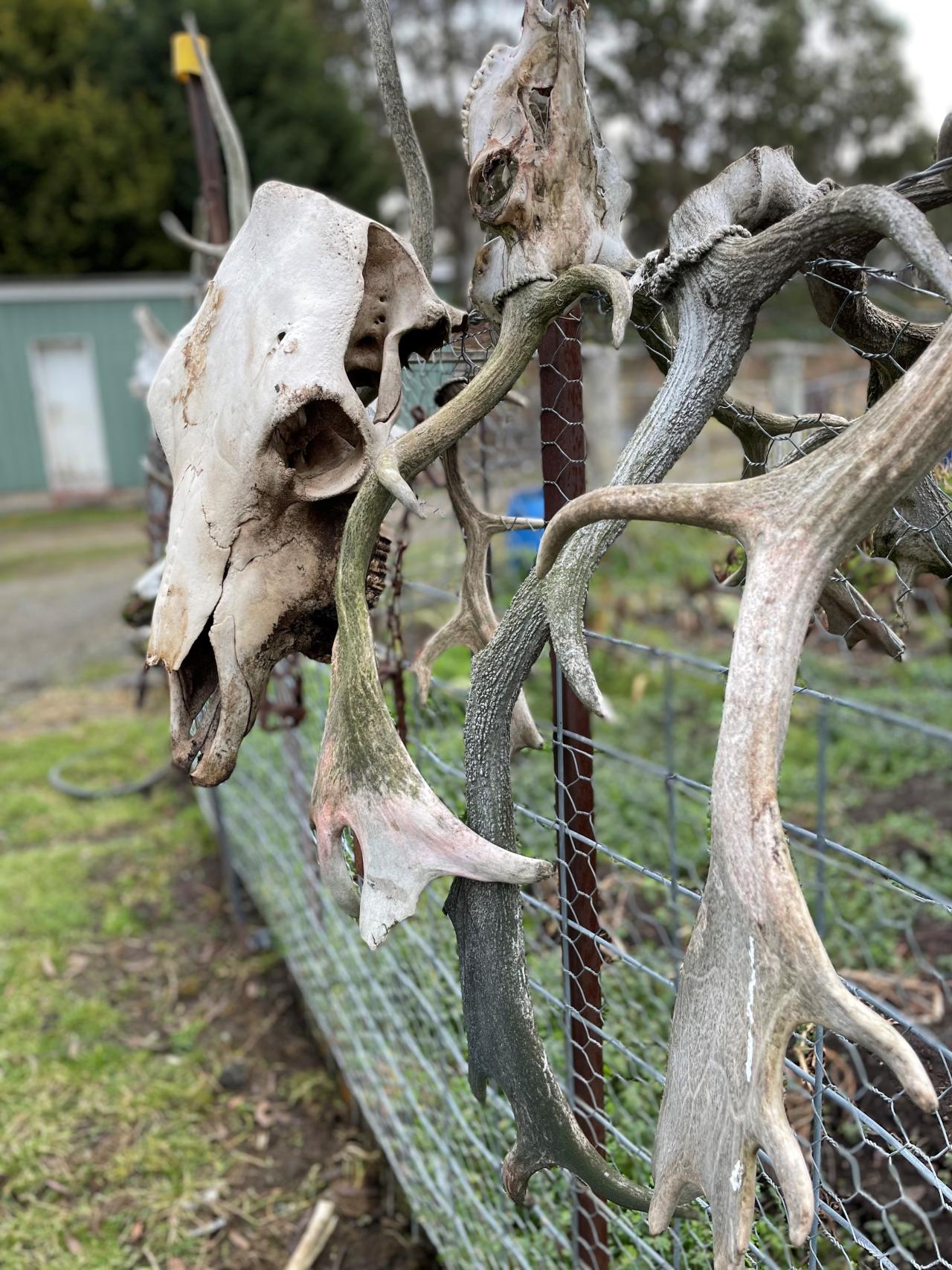
Sophie recently returned from a stint in South Australia working on the country’s second largest sheep station where she penned up to a crutching trailer 35,000 head of sheep.
“I do a lot of livestock contracting, working in the abattoirs with my dogs Lux and Nala, as well as a lot of small to large jobs for people with sheep and cattle, goats and sometimes alpacas.
“I do pre-lamb and pre-calf mustering, foot paring, cull-for-age checks, checking of udders, crutching, lamb and calf marking, drenching and vaccinating.
“Work really ramps up around August and September.”
Also at her beck and call are border collies Calamity, Harley, Lucy, Storm, Bessie and Beau (actually, scrap Calamity she’s too fat).
Rita and Mack the Smithfields and red the Heeler are also part of the entourage.
Sophie also ekes out a living by taking cow and ram skulls to clean up for sale.
Along with deer antlers it’s a handy side hustle – the ram sculls alone attract about 1000 sales per year online for craft and decorative purposes.
Another by-product Sophie eagerly grabs are the stock ear tags.
Her growing collection has covered the interior of a small shed and she’s always on the hunt for more.
“I ask people all over Australia to send them to me – I just put $10 in an envelope to cover their postage and sometimes they come back, sometimes they don’t,” she said.
“It all started when I found a box of all different tags in our shearing shed that came in a lot from a clearing sale.
“I’ve been addicted to collecting them ever since and I’m always looking for a tag with a different property name on it.”
Every few weeks she adds another 500 or so to the collection.
The opportunity to obtain more might come from her next job.
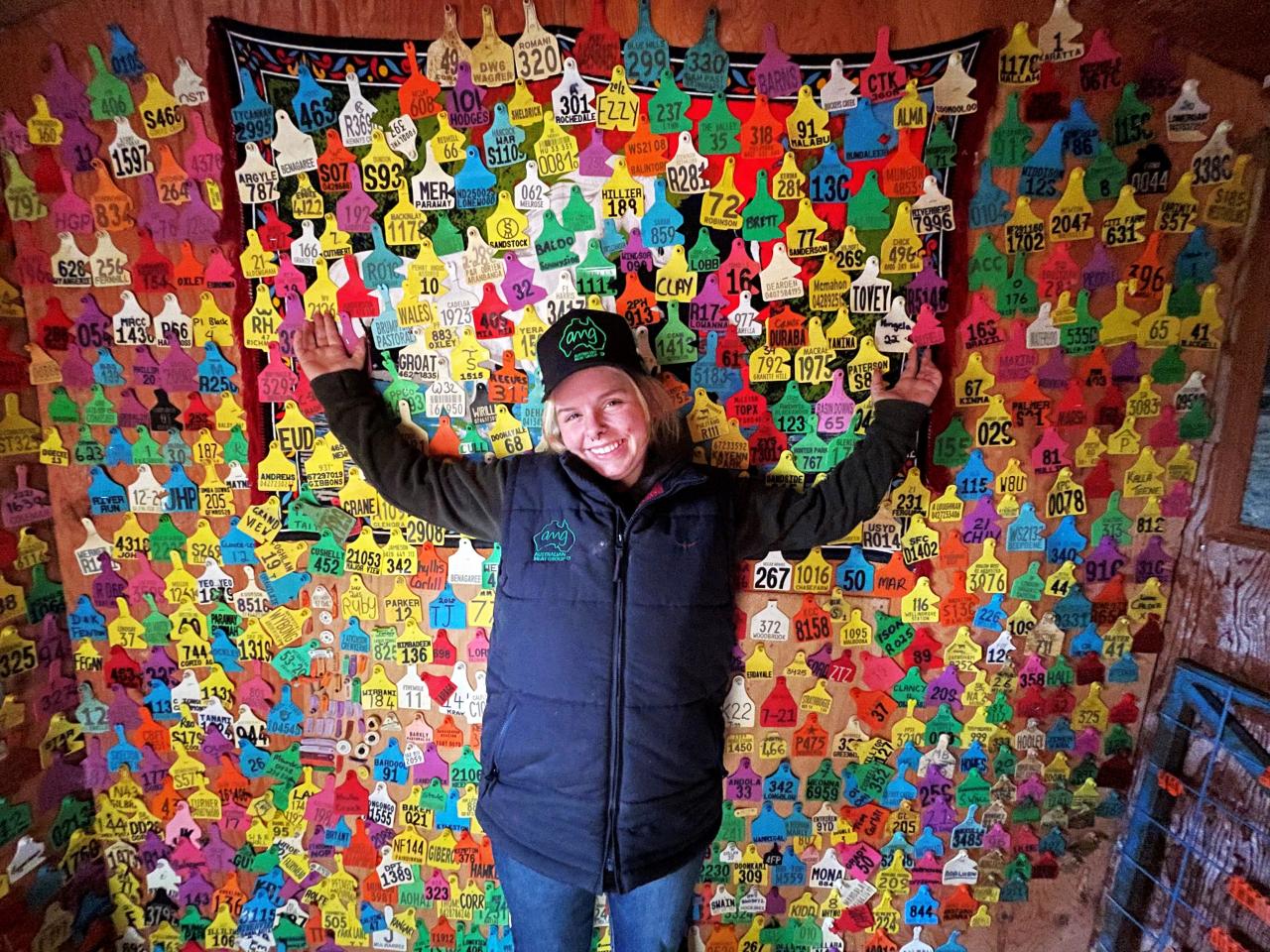
“I’ve just got my heavy combination truck licence so I’m looking to pick up some livestock cartage work,” she said.
But whatever she does and wherever she goes in the future, Sophie said the high country will draw her back at every opportunity.
“I like being isolated. I’m happy being on my own and working with my dogs,” she said.
“And there’s nothing better than going for a horse ride with my friends or fishing in one of the lakes.”


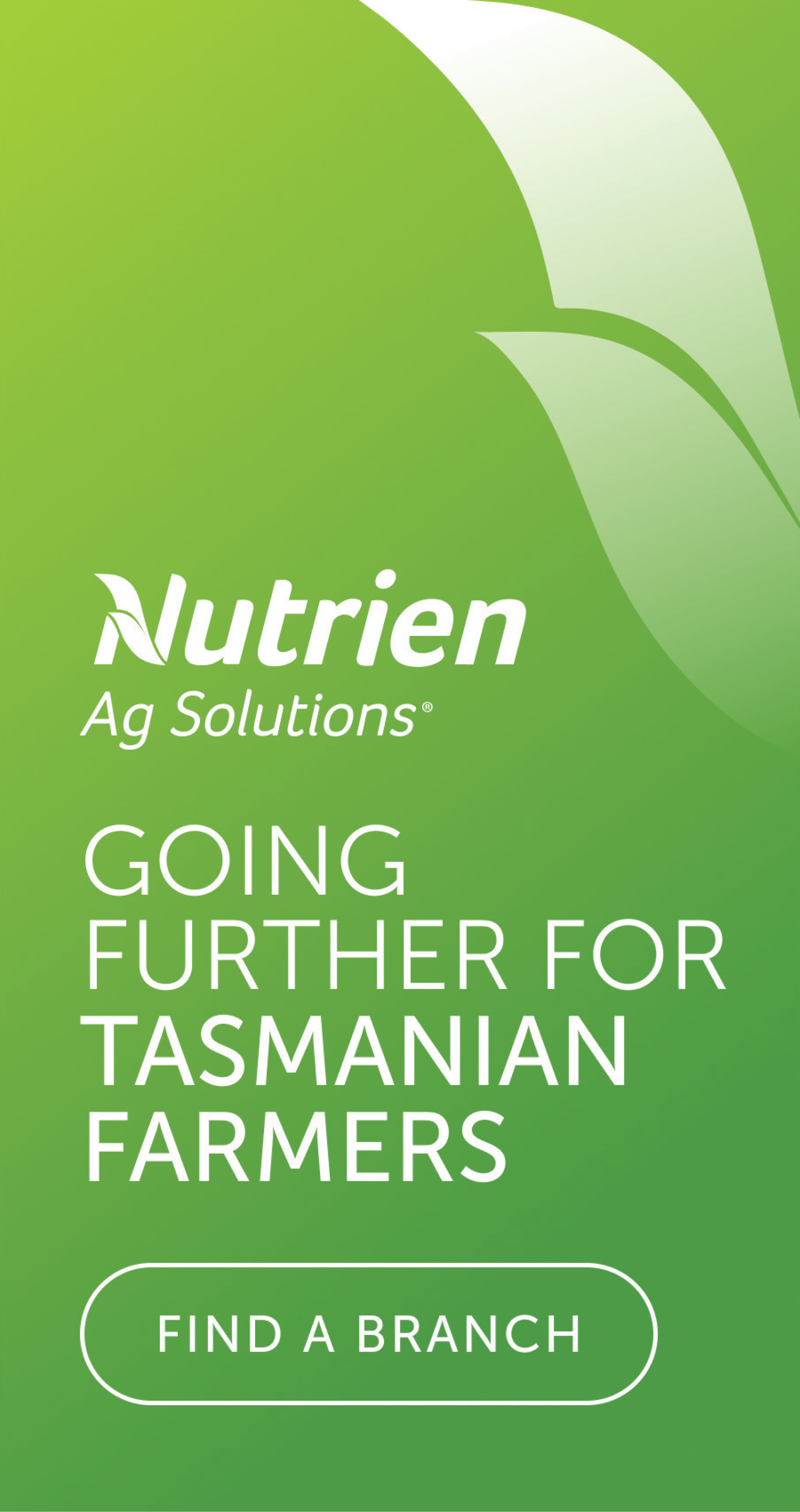
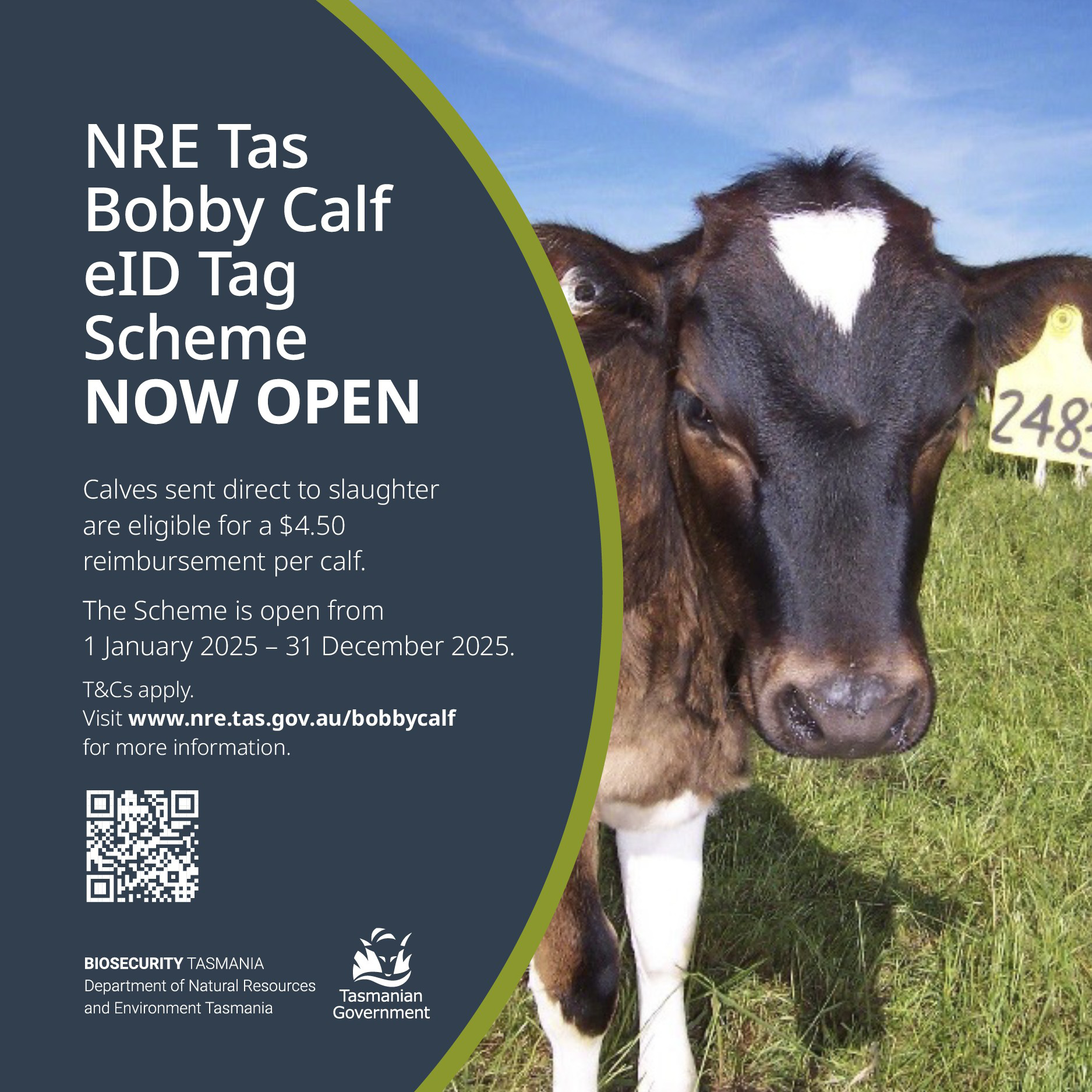

Add new comment
Comments
Well done its all hard work…
Well done its all hard work its what you love doing and you live in a beautiful area i remember your father and mother well i have bought seasoned timber off your father to make bee boxes Ada and myself have good memories of the family Ada has known you all a lot longer than me being your neighbour when she lived at London marsh with her parents brothers and sister all good memories look after yourselves. Regards Ada and Leigh Slater